Derivative Actions under Business Organizations
Derivative Actions under Business Organizations
1. What is a Derivative Action?
A derivative action is a lawsuit brought by a shareholder on behalf of the company against a third party—often an insider such as a director or officer—who is alleged to have harmed the company. Unlike direct lawsuits where the shareholder sues for personal harm, derivative actions seek to redress wrongs done to the company itself.
The key point: The company is the real plaintiff, but because the company’s management is either unwilling or unable to sue (often because the wrongdoers are in control), shareholders step in to protect the company’s interests.
2. Why Derivative Actions Are Necessary
Protection against Abuse: Directors or controlling shareholders may engage in misconduct (e.g., misappropriation of company assets, breaches of fiduciary duty).
Management Inaction: Sometimes, the company’s board refuses to sue its own officers/directors even if wrongdoing is apparent.
Ensures Accountability: Derivative suits provide a mechanism for shareholders to hold management accountable.
3. Basic Elements and Requirements
Wrong to the Company: The alleged harm must be to the company, not just the shareholder personally.
Demand Requirement: Shareholders generally must first ask the company’s board to take action. Only if the board refuses or fails to act can the shareholder proceed.
Standing: Only shareholders who were shareholders at the time of the wrong or their successors can bring derivative suits.
Fair and Adequate Representation: The plaintiff shareholder must fairly represent the interests of the company and all shareholders.
Court Approval: Many courts require the shareholder to get permission before proceeding.
4. Scope of Derivative Actions
Typically aimed at claims involving:
Breach of fiduciary duty by directors/officers.
Misappropriation or waste of company assets.
Fraud or self-dealing.
Ultra vires acts harming the company.
5. Case Law Examples
Case 1: Foss v. Harbottle (1843)
Facts: Two shareholders sued to challenge fraudulent acts by the company’s directors.
Issue: Whether individual shareholders could sue for wrongs done to the company.
Holding: The court held that the proper plaintiff in such cases is the company itself, not individual shareholders.
Principle: This established the “proper plaintiff rule” — only the company can sue for wrongs done to it.
Exception: This rule allows derivative actions only in limited circumstances (e.g., when management refuses to act).
Case 2: Dodge v. Ford Motor Company (1919)
Facts: Shareholders sued Henry Ford for decisions that allegedly prioritized public benefit over shareholder profits.
Issue: Whether directors must prioritize shareholder interests.
Holding: The court emphasized that directors owe fiduciary duties to the corporation and its shareholders.
Principle: Shareholders can sue if directors breach fiduciary duties harming the company’s interests.
Case 3: Guth v. Loft (1939)
Facts: Director diverted a business opportunity away from the company.
Issue: Whether the director breached his fiduciary duty.
Holding: The court ruled that directors must not divert corporate opportunities for personal gain.
Principle: This supports derivative suits where directors breach fiduciary duty.
6. Procedure in Derivative Action
Step 1: Demand on Board: Shareholder must demand the board to act, unless such demand is futile.
Step 2: Filing Suit: If board refuses or ignores the demand, shareholder files suit on behalf of the company.
Step 3: Court Approval: Courts often oversee to ensure derivative suits are in the company’s best interest.
Step 4: Outcome: If the suit succeeds, any recovery belongs to the company, not directly to the suing shareholder.
7. Limitations and Challenges
Risk of Frivolous Lawsuits: Courts guard against abuse by requiring demand and court approval.
Costs and Complexity: Derivative suits can be expensive and complex.
Conflict of Interest: Shareholders suing must not have conflicting personal interests.
8. Summary Table
| Aspect | Explanation |
|---|---|
| Who sues? | Shareholders suing on behalf of the company |
| Purpose | To redress wrongs done to the company |
| Demand Requirement | Must request board action before suing (unless futile) |
| Key Cases | Foss v. Harbottle, Dodge v. Ford, Guth v. Loft |
| Outcome | Recovery goes to the company, not individual shareholders |
| Limitations | Demand requirement, court approval, risk of abuse |
Conclusion
Derivative actions are crucial tools in corporate governance that allow shareholders to step in and hold management accountable when the company itself fails to do so. They enforce fiduciary duties and protect the corporation from abuses by insiders. Landmark cases like Foss v. Harbottle and Dodge v. Ford provide foundational principles defining the scope and limitations of derivative suits.


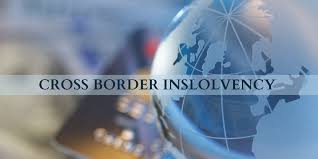












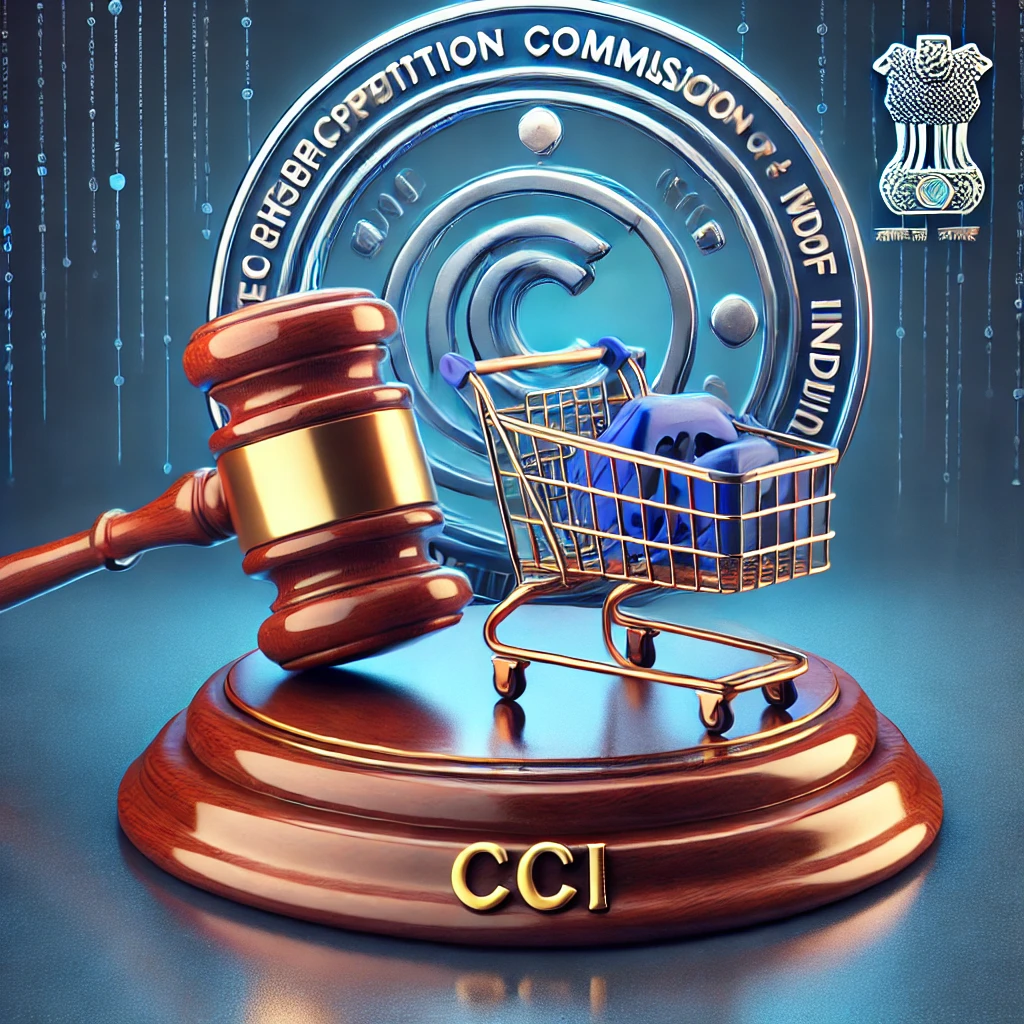


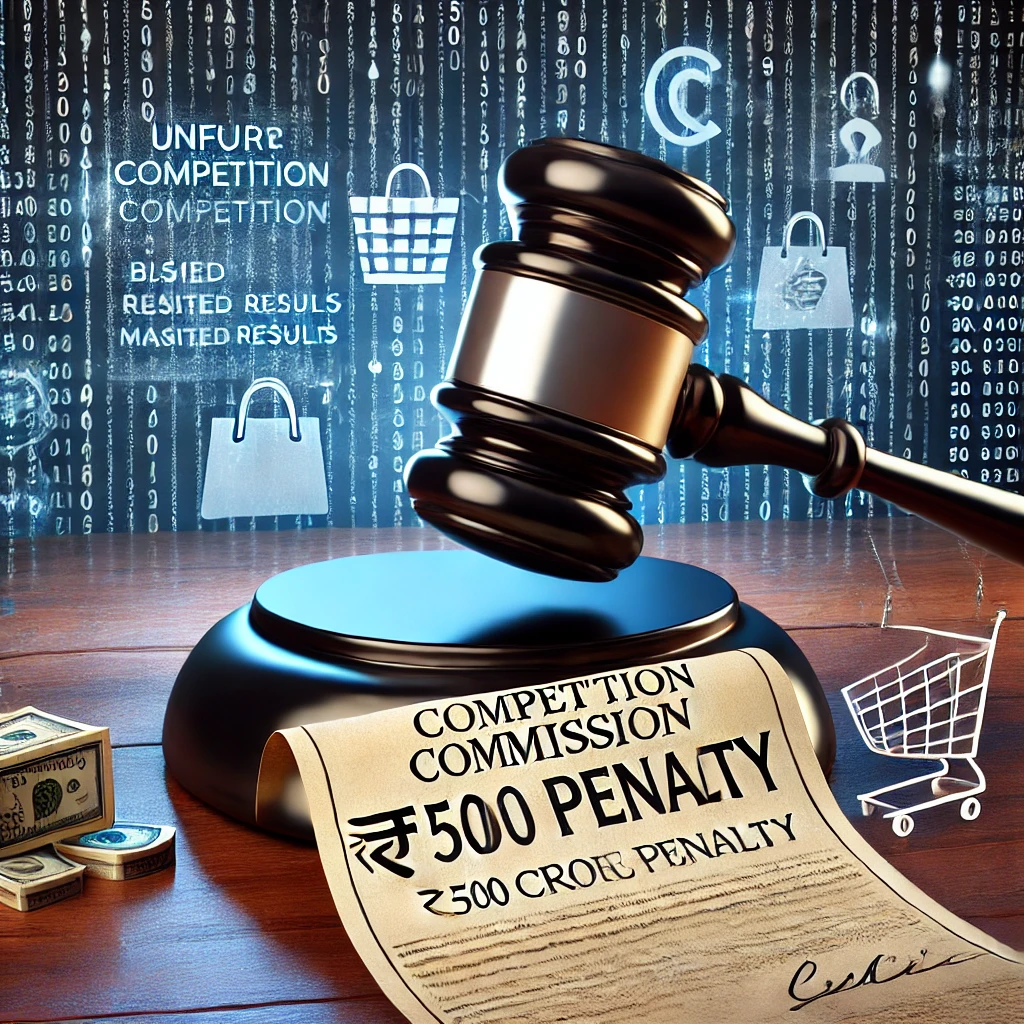



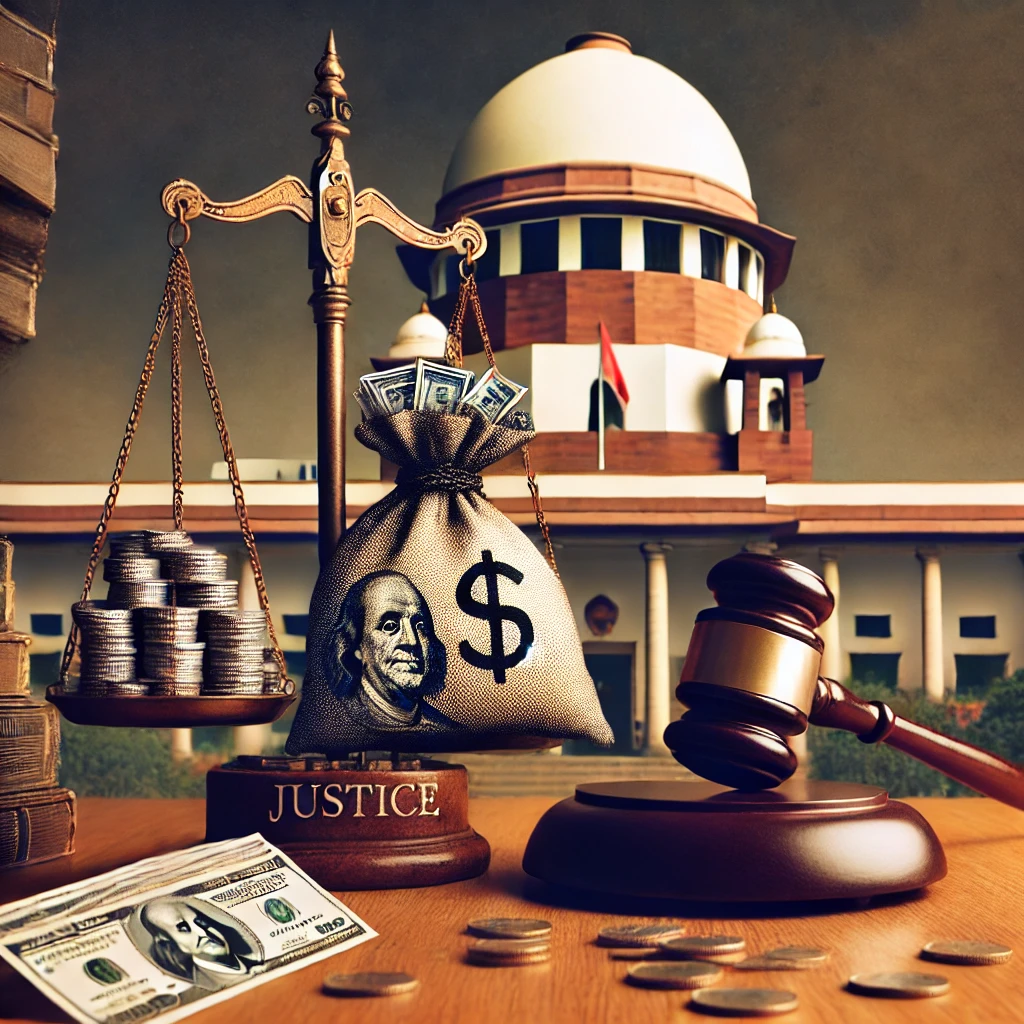

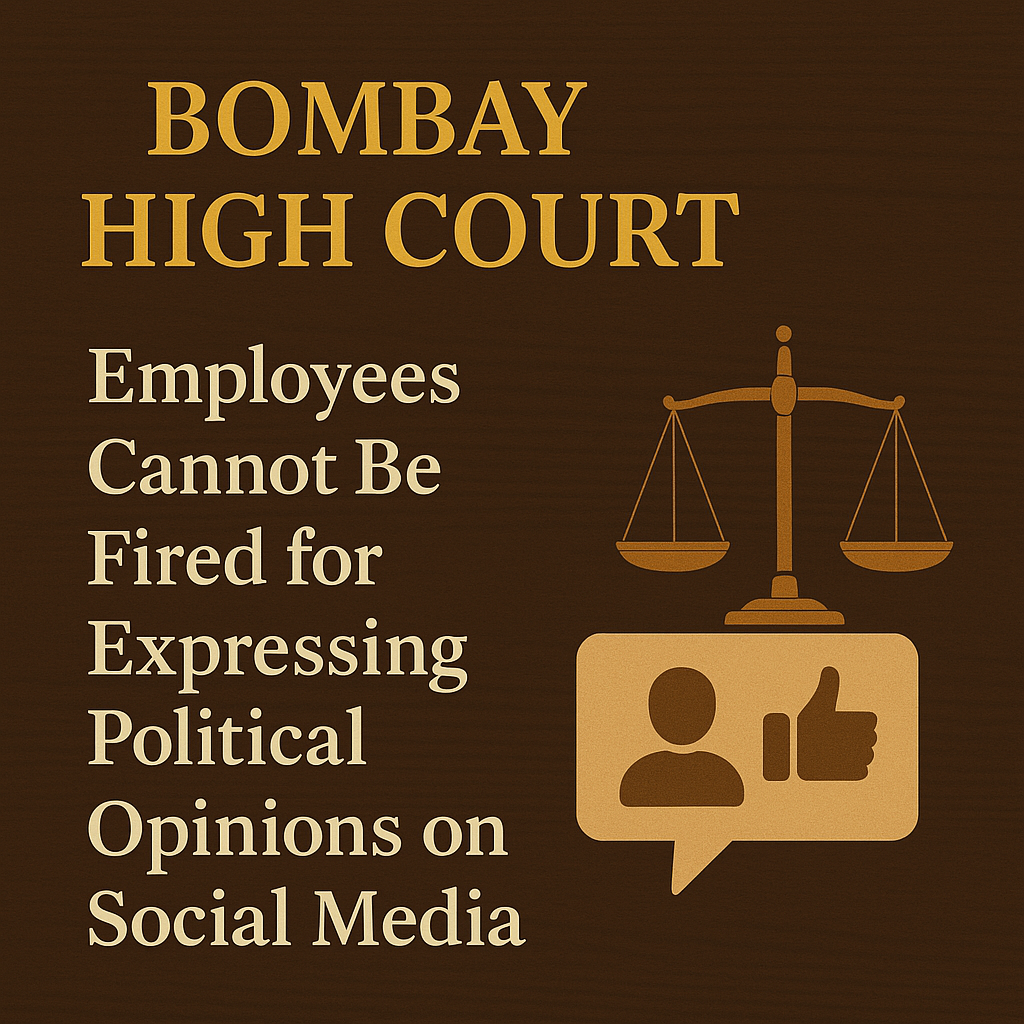


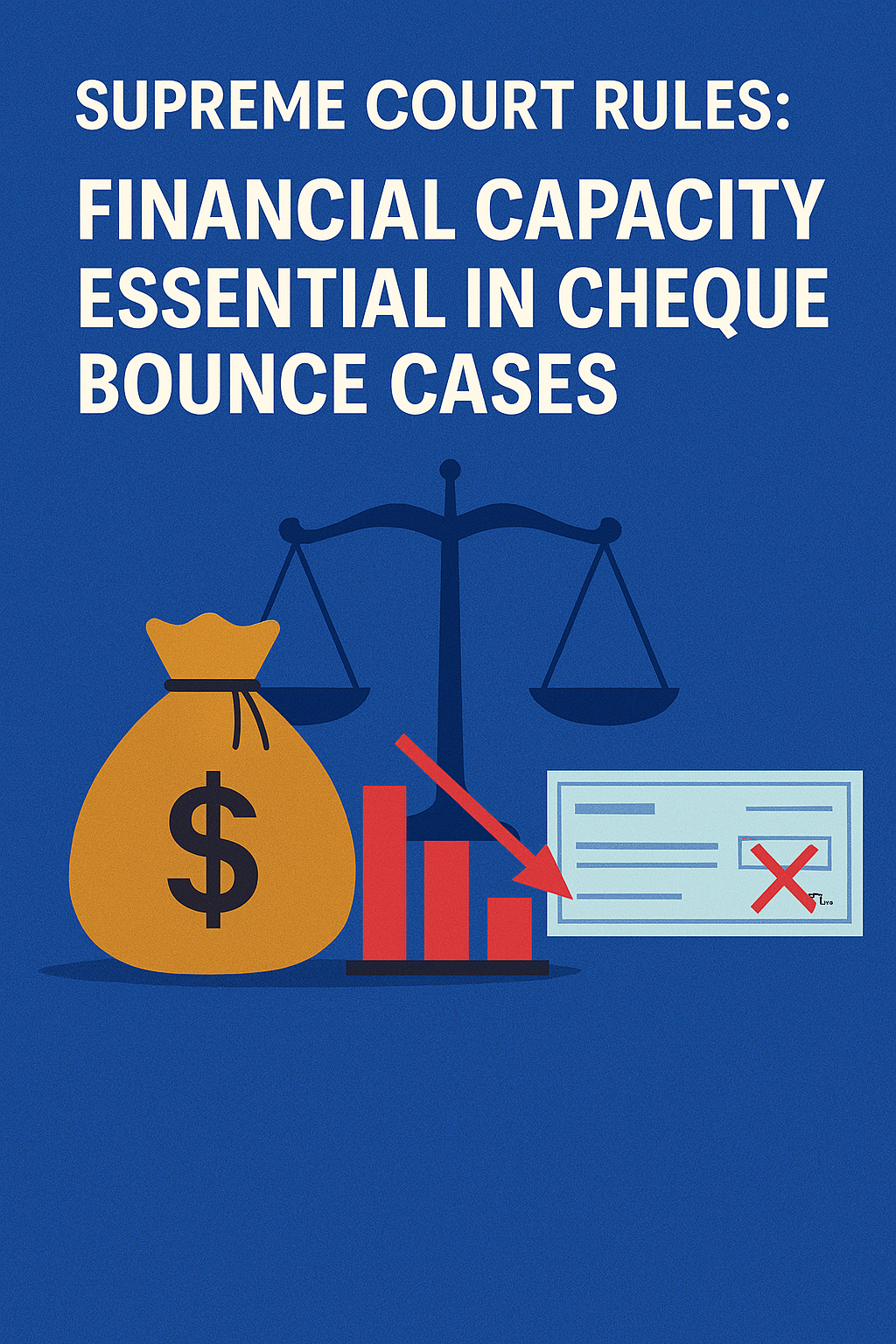
0 comments